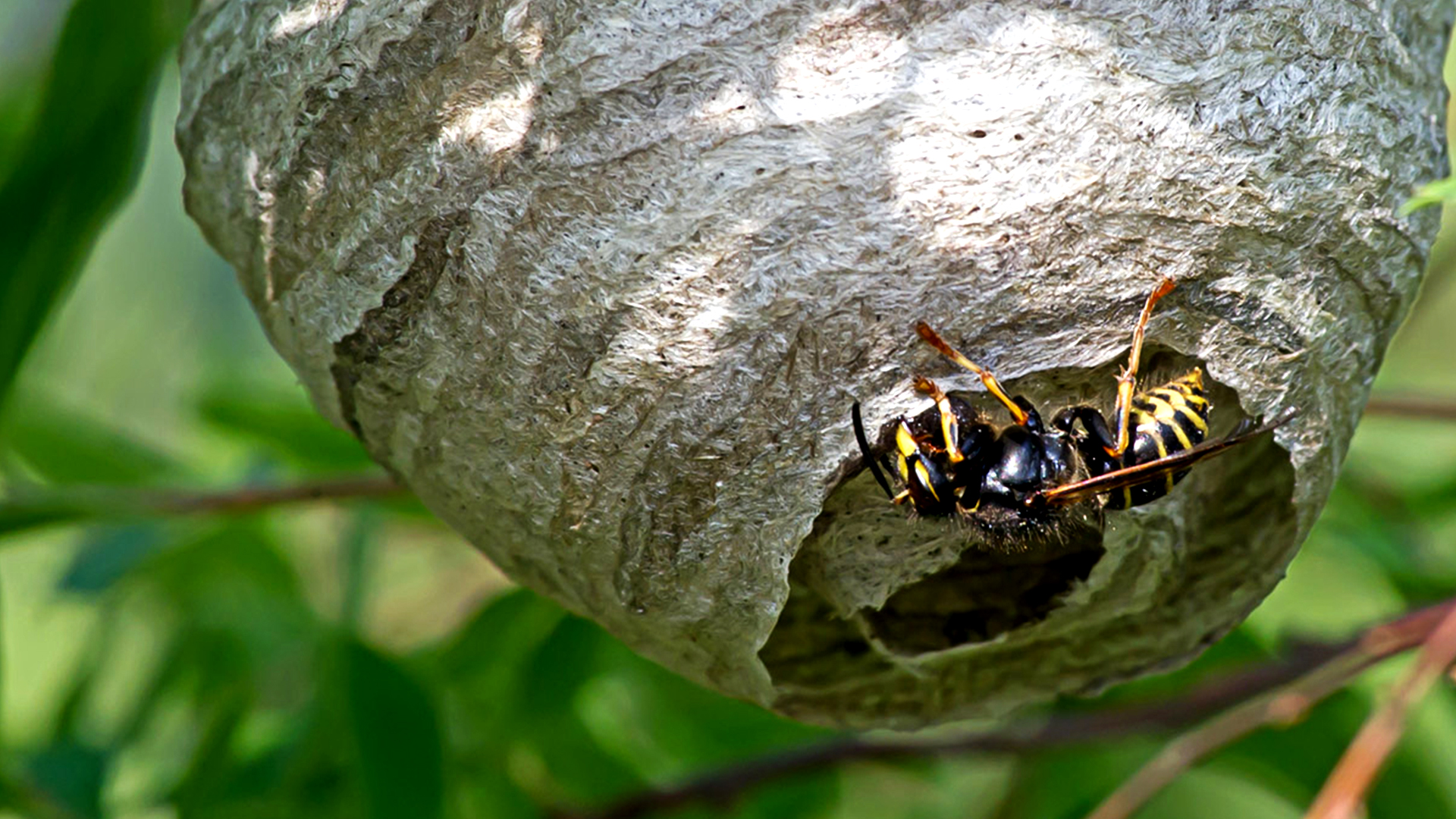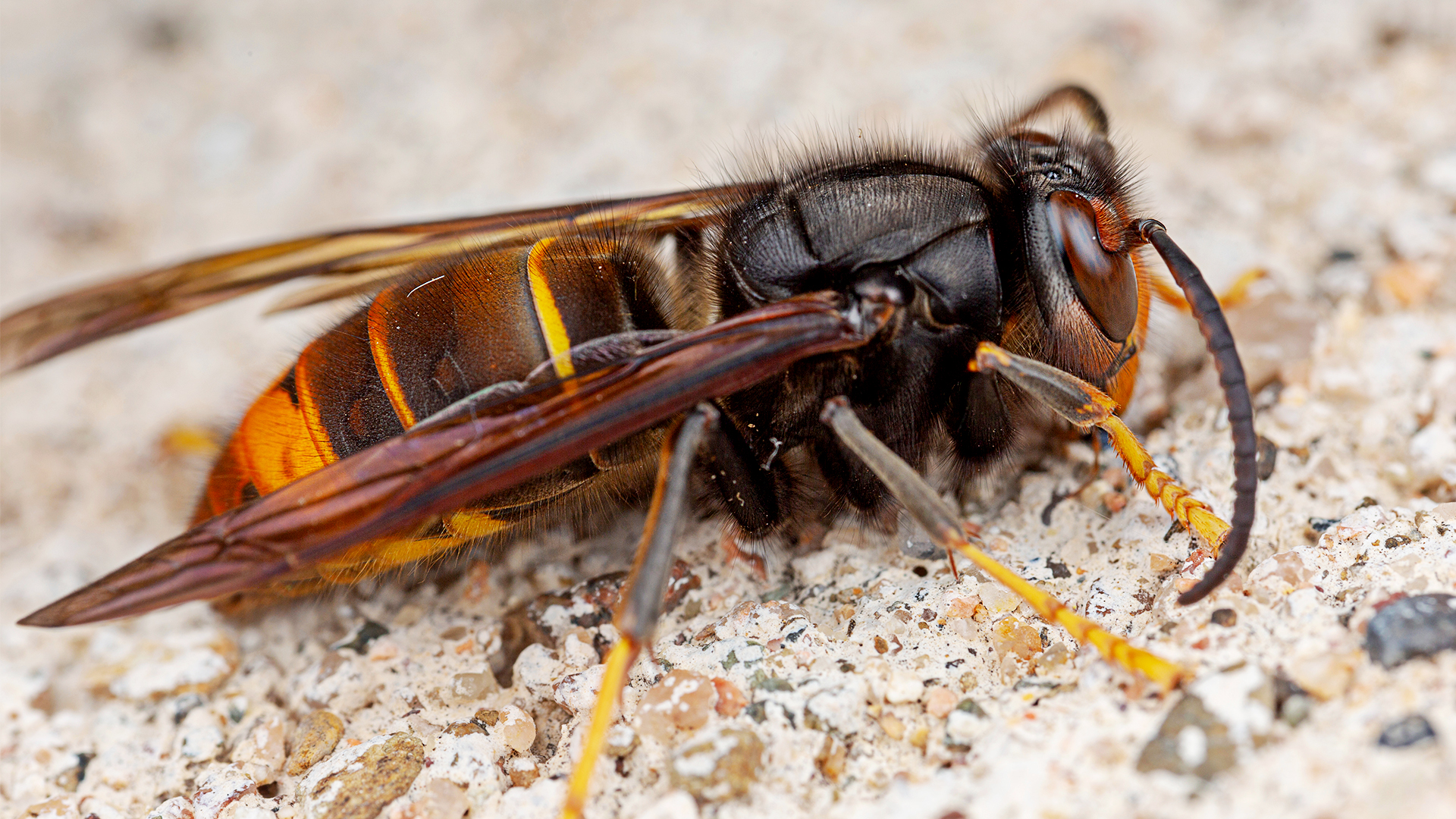You are wrong if you think wasps are all the same. This group of insects of the Hymenoptera family and the subfamily Apocrite, which also includes bees and ants, has more than 100,000 identified species from different origins and families. Know some of these species and their essential role in the balance of ecosystems.
For some, these are dangerous little beings, armed with an intimidating sting. For the world, they are essential in their pollination task. Wasps, along with bees, have a natural function and are relevant for the planet and their daily dance between flowers leads to cross-pollination and the production of seeds and fruits. But their usefulness goes further, and they are also beneficial to our health, to the economy and society.
In a study by the University College London published in the journal Biological Reviews in April 2021, surprising numbers are put forward: wasps land on 960 species of plants and, of these, 164 species depend on them to pollinate, as is the case with some species of orchids.
The same study also points to other uses of its saliva and even its poison: with antibiotic properties, researchers point out that its saliva can be used in medicines; as for its poison, its effectiveness in cancer treatments has also been analysed.
Wasps are also excellent natural pest controllers, when hunting other small insects of the Aphid family which parasitize different plants, and caterpillars. Wasps have an important task in protecting crops, controlling their populations and mitigating crop damage – a form of biocontrol that differs depending on whether wasp species are social or solitary.
Due to its ability to control pests and as this does not pose risks to the environment, the natural skills of the wasps are currently being put into practice: the Anaphes wasp, a species we will talk about next, operates in the Spanish forests, but also in Portuguese forests; other species are being studied currently, such as Trissolcus japonicus, a microscopic wasp that can be used to stop invasive species that threaten habitats, ecosystems and cultures such as the Asian bed bug (Halyomorpha halys) from Asia and which arrived in the United States of America and the European Union.
Wasp varieties: a world to discover
With a shiny body and less hairy than their bee cousins, wasps can be solitary or social. While the former are experts, helping to combat pests, as we will see below, the latter form colonies that can host tens of thousands of wasps, forming complex social relationships.
Meet some of the most common species in Portugal:
Paper-wasp (Polistesdominula), a colonial wasp of the Vespidae family, indigenous from Southern Europe. It is perhaps the species we most recall when talking about wasps, due to the proximity of their nests to inhabited areas. Sugary substances, such as fruits and flower nectar, are the basis of their diet. 12 millimetre-long wasps are a general predator of other insects which they use to feed the larvae. The nests, made from a pulp of ground wood and saliva, reminiscent of the texture of the paper, are both modular and water-resistant. They played an important role in the history of mankind when, in 1719, they inspired the production of paper from the wood they chewed and expelled. Wood pulp started being used in the modern manufacture of paper only in the 19th century, a perfect example of bio-mimicry.
European Wasp (Vespa crabro)
Also known as hornet, it is a predator of other insects, including bees (Apis mellifera), decimating entire hives to feed the larvae, thus leading to the development of defensive behaviours on their part. With a length of about 3.5 centimetres, they also feed on floral nectar or ripe fruit. The nests, cylindrical, are built in hollow trunks or even in buildings, from tree bark, wood and plant materials that they crush and mix with their saliva and then mould with their claws.
Anaphes Wasp (Anaphes nitens)
The smallest species on this list, about 1 millimetre, is solitary, does not sting and feeds on nectar. Indigenous from Southwest Australia, it also belongs to the parasitoid group: females inoculate an egg into the egg of the eucalyptus weevil (Gonipterus platensis), a forest pest and the larva consumes its content, stopping the disease. It is used for this reason as biological control of this pest and has been used in Spain since the 1990s. Due to its proximity, this species has already reached the Portuguese forests.
Mammoth Wasp (Megascolia maculata)
The largest species of wasp in Europe is up to 6 centimetres long and therefore often mistaken as Asian wasp. This species poses no danger to humans and feeds on nectar. This parasitoid species lays its eggs in beetle larvae – for example, of rhinoceros beetles (Oryctes nasicornis) –, causing paralysis. They feed on them after they hatch.
Sceliphron Wasp (Sceliphron caementarium)
Wasp of the Sphecidae family, also known as black mud dauper. With an elongated and thin body, it measures up to 2.8 centimetres. Solitary, it is a parasitoid species. It hides its nests made of mud or clay, sometimes close to human dwellings. In the cylindrical chambers of the nests, it deposits paralysed spiders and an egg and when it become a larval feeds on the animal. When it reaches adult ages this wasp feeds on flower nectar.
As with bees, wasps also belong to the group of insects in decline in the world, both due to climate change and the consecutive destruction of their habitats. Protecting this important group of insects, respecting it and avoiding disturbances, will be the best way to allow them to coexist in nature.




